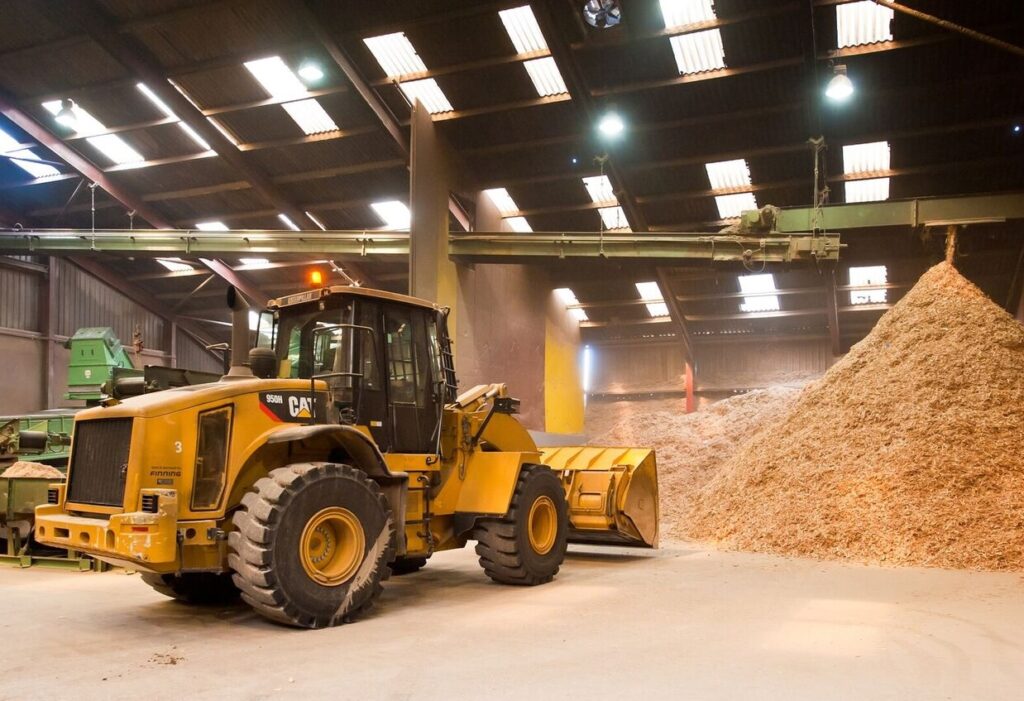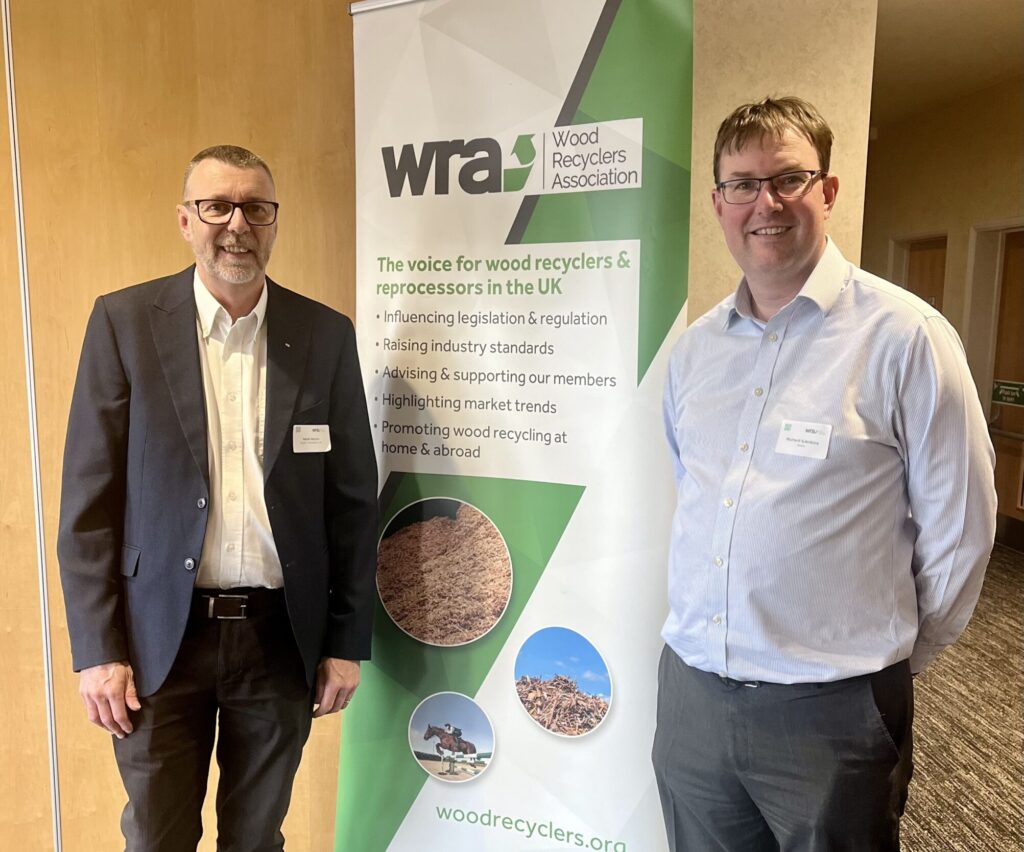The Obligation supports the government's intention under EU legislation to ensure 10% of energy generation comes from renewable sources by 2010. It works by rewarding power suppliers who utilise renewable sources of fuel with ROCs – Renewables Obligation Certificates.
Suppliers that don't use renewable sources are required to pay a 'b;uy out' fee. This buy out fee fund is then shared with companies that are awarded ROCs in order to incentivise renewable energy use.
Renewable sources of fuel for energy generation can come from sources such as wind power, biomass and the biomass fraction of mixed waste.
At the moment, a biomass fuel source – for example biodegradable materials – is classed a biomass as long as it contains no more than 2% fossil fuel. Even though the 2% figure seems low, it has been high enough to limit the use of wood containing contaminants such as plastic or glue being used as renewable energy.
Fuel burners have been unsure about taking waste wood. This is because, while the wood is biomass, it normally contains a portion of fossil fuels, such as plastic, synthetic rubber or glue. It is therefore difficult to calculate exactly what percentage of the actual waste the fossil fuel amounts to.
Review
However, the obligation is currently under review, which is due to close in June, and industry experts believe proposals to revise the 2% rule could make it easier to use waste wood as renewable energy and for plant operators to claim ROCs for this.
The review of the consultation from the DTI states: “Biomass is currently defined under the Obligation as needing to be at least 98% derived from plant or animal matter. Adjusting this percentage downwards could allow a broader range of fuels which are majority biomass in composition to benefit from the Obligation.”
The DTI says amending the 98% rule could encourage more renewable energy generation and suggests 90% as a new figure for the biomass rule.
Diversion
An industry expert, who did not wish to be named, said that representatives from the wood industry met with the DTI last week to express their view on reducing the figure to 90%. “We believe changing this figure would make it easier for biomass fuel buyers to use waste wood and encourage diversion of this material from landfill,” he said.
The type of waste wood that is currently used as renewable energy is that which is difficult to recycle, such as treated wood and some panel board.
| Related links: |
Dr Vic Kearley, timbre technology research manager at TRADA technology explained: “Wood based-panels in particular have adhesive content somewhere in the region of 5-10%, so it isn't eligible for ROCs.
“It is quite tough for some waste streams to benefit at the moment and we are currently looking at the issues of contamination and ROCs with the WRAP wood team.”







Subscribe for free